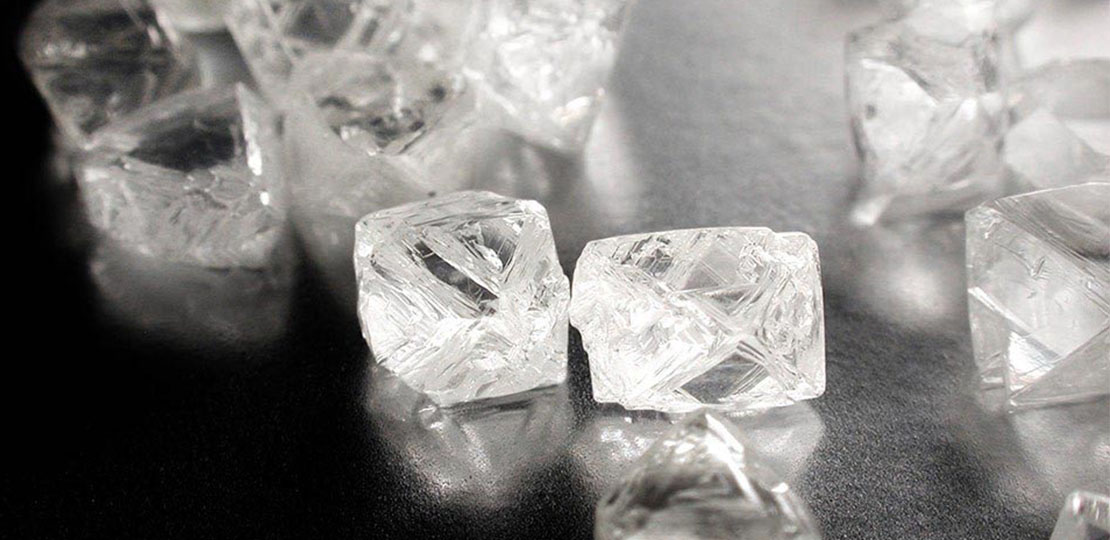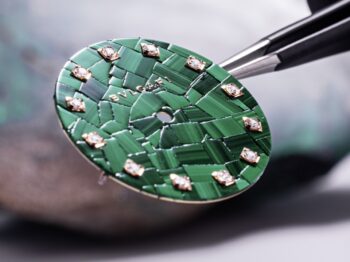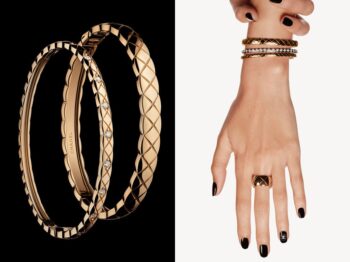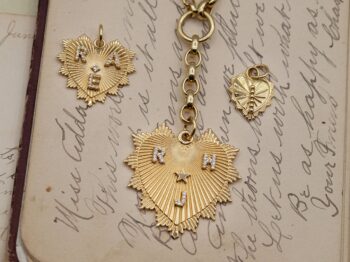From the start, De Beers has operated as a monopoly. Gaining control of supply early on and then with pricing, De Beers was able to maintain this monopoly for some time. At the turn of the 21st century, this monopoly was shattered.
De Beers or the birth of a diamond monopoly
In 1888, Cecil Rhodes, a British businessman and mining enthusiast, founded De Beers Consolidated Mines Limited. He purchased as many diamond mine claims as possible, creating the company’s first monopoly, over South African mines. This monopoly was the start of their major monopoly over the diamond market. De Beers continued to purchase mines, as well as purchasing diamonds directly from other companies. They created agreements with suppliers, leading to them holding over 85% of the world’s diamonds, at one point in time.
De Beers created their distribution channel, called the Diamond Trading Co., or the DTC. This allowed only approved buyers or ‘sightholders’ to purchase in the non-negotiable DTC sales. They controlled pricing by holding onto rough during a weak market or flooding the market during an increased demand.
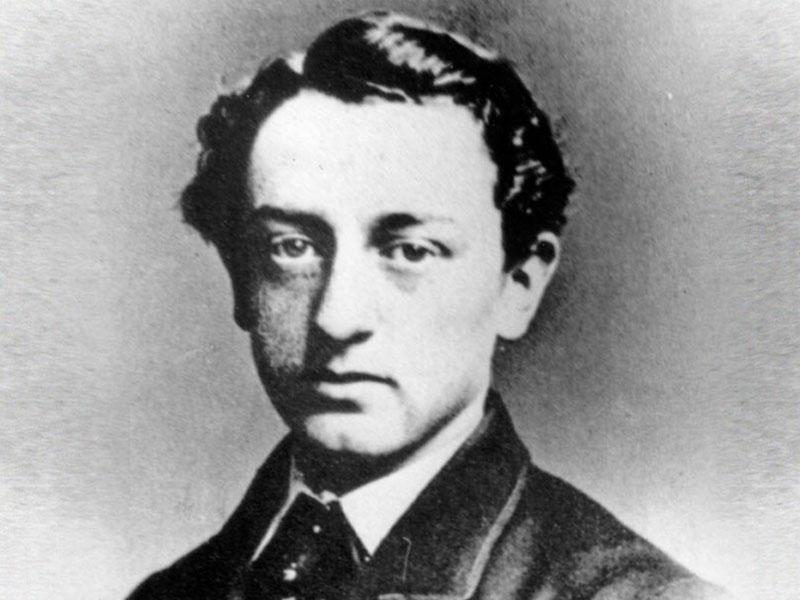
The arrival of the competition
During the second half of the 20th century, new mines were discovered in Russia, Australia and Canada. The Alrosa state owned mine in Russia and the Argyle Diamond mine in Australia both started by marketing their diamonds as De Beers, but then things changed. These new mines slowly started to bypass the DTC, by not selling to De Beers anymore. This proved difficult for De Beers to maintain this global control over supply.
These two companies were major factors in ending the De Beers monopoly and still to this day are huge competitors for the company. Realizing their loss, De Beers decided to focus less on the control of the market, but more on their brand and retail stores. This ended their monopoly status of the diamond market, going from 80% stake to closer to 35%.


